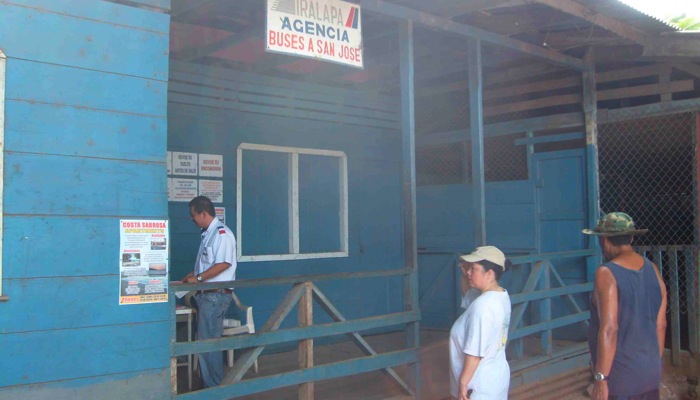
Receiving a package
Living in Guanacaste while doing business in the United States can be tricky. Thanks to the Internet, I can receive and send files with no problem. I also have an online phone number so people don’t have to make a long-distance call. But if I need to receive a package, say books, things get more complicated. In Guanacaste, carriers like DHL won’t deliver everywhere, the safest bet would be to pick up the package at their office in Tamarindo, which is half an hour away. Since my sister lives in San José and has an office there where they receive packages from all around the world, I told the sender to mail it to that office. I was going to be in San José over the weekend and could pick it up if it arrived by Friday. It was supposed to arrive Thursday via UPS, and did, except that customs stopped it. They do that sometimes, probably because the package was heavy. To get it out of customs, one has to hire a customs agency to fill out the paperwork and pay the taxes. The total bill was around $74 (!) and by the time it got out of customs, I was back in Guanacaste. It had now to be sent to Guanacaste, but how? Tralapa seemed the best solution. Tralapa is a bus agency that not only transports passengers all around Costa Rica but also sends encomiendas, packages ranging anywhere from envelopes to furniture. It’s cheap (to send the books from San José to Guanacaste only cost around $3), and usually the package arrives the next day. Of course, there’s no computerized tracking system, no insurance, no forms to fill out. The sender writes the receiver’s name (Karin Delius Fajardo) and destination (Brasilito) on the package. You call the agency throughout the day to see if the package has arrived. The receiver then picks it up at the Tralapa agency. The agent has a piece of paper with the guía (a number), person’s name and destination, and the receiver signs next to it. Sometimes, a form of ID is required.
Thursday, February 12, 2009